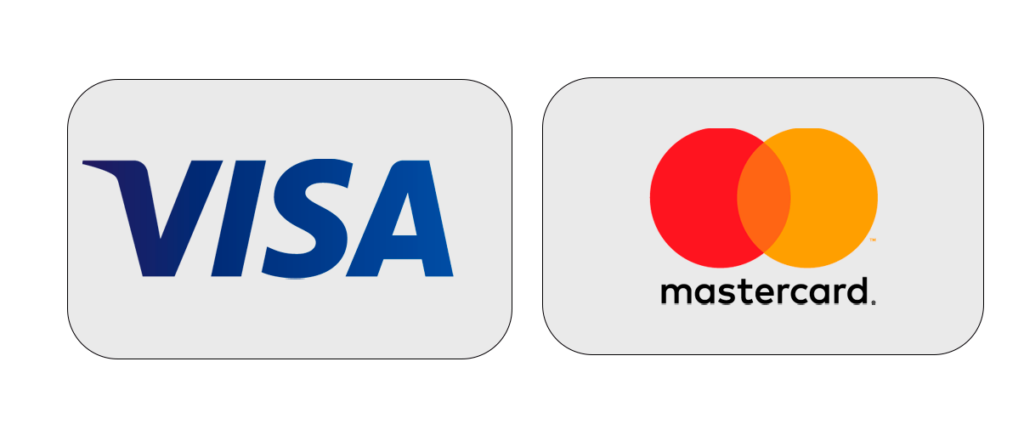
In the interconnected world, currency conversion is a fundamental aspect of global finance and trade. Whether you’re traveling abroad, investing in foreign markets, or conducting business transactions across borders, the need to convert currency arises frequently. However, behind the convenience of exchanging one currency for another lie various costs and considerations that can impact the overall value of the transaction. From exchange rates to fees charged by financial institutions, understanding the true cost of currency conversion is essential for individuals and businesses alike. Exchange rates play a pivotal role in currency conversion. They represent the value of one currency relative to another and are determined by the forces of supply and demand in the foreign exchange market.
Exchange rates fluctuate constantly due to factors such as economic indicators, geopolitical events, and market sentiment. When converting currency, individuals and businesses are subject to the prevailing exchange rate at the time of the transaction. The quoted exchange rate may include a “buy” rate, which is the rate at which the institution purchases foreign currency, and a “sell” rate, which is the rate at which it sells foreign currency to customers. The difference between these rates, known as the spread, constitutes one component of the costs associated with currency conversion.
Table of Contents
What Constitutes a Foreign Transaction Fee?
A number of credit and debit card issuers, as well as ATM networks, apply a per-transaction charge on purchases or cash withdrawals made abroad or when engaging in online transactions with foreign vendors. While not universal, this fee typically ranges between 2% and 3% of the total dollar value of the purchase or withdrawal. To illustrate, imagine you’re visiting Paris and spend $1,000 at a department store, paying with either your credit card or debit card;
If there’s a 3% foreign transaction fee, upon receiving your statement, you’ll notice an additional $30 surcharge. This fee is the result of the card issuer applying a foreign transaction fee. In another scenario, if you find yourself short on cash and opt to withdraw $1,000 (equivalent) in euros from an ATM that imposes a 3% transaction fee, the total cost to you would be $1,030 for acquiring $1,000 worth of euros. Incidentally, the foreign transaction fee is sometimes referred to as a foreign exchange fee. In the past, it was known as a currency conversion fee, although that fee now pertains to a distinct charge.
What Constitutes a Currency Conversion Fee?
A currency conversion fee represents an additional charge incurred when converting a transaction from one currency to another, such as transitioning from the local currency of the visited country to U.S. dollars. This fee manifests in two forms: those imposed by credit or debit card payment processors or ATM networks and those facilitated through a process known as dynamic currency conversion (DDC). When the conversion is executed by your card’s payment processor, the fee typically amounts to 1% of the purchase total. Conversely, when transactions involve DCC, the fee tends to be higher—reaching up to 12%, according to a study referenced by the European Consumer Organization, which denounces DCC as “a scam.”
Another differentiating factor between the two types of currency conversion lies in the timing of cost disclosure. Charges levied by your card’s payment processor withhold the true cost of the purchase in dollars until your statement arrives or is viewable online. In contrast, DCC promptly reveals the discrepancy on your receipt or at the point of sale terminal. Given that DCC typically incurs higher costs, it rests upon you to assess whether the immediate knowledge of the expense justifies the potential substantial additional charge.
Strategies for Avoiding these Charges
When it comes to foreign transaction or currency conversion fees, the ultimate goal is to steer clear of them altogether or at least minimize their impact. Consider the following tactics to mitigate fees while traveling and making purchases abroad:
- Review your card’s fee structure in the “terms and conditions” section and, if feasible, opt for a card that waives foreign transaction fees before embarking on your travels.
- Secure some cash before your departure to limit visits to ATMs and mitigate associated fees.
- Investigate whether your bank participates in a “no fee” or “low cost” global ATM network, potentially reducing the charges incurred for ATM withdrawals abroad.
- Exercise caution when dealing with ATMs and terminals that may attempt to obscure dynamic currency conversion (DCC) options, which could result in higher fees.
- Opt to pay in the local currency when using your cards and decline offers for dynamic currency conversion if presented by a merchant. This ensures transparency and minimizes additional charges.
Paying in cash can also circumvent fees, although concerns about security may deter carrying large sums. By employing these strategies, travelers can navigate the complexities of foreign transaction and currency conversion fees, preserving their financial resources while exploring the world.
Exploring the Choice Between Credit and Debit Cards for Overseas Use
When contemplating the use of credit versus debit cards during international travel, credit cards boast several advantages. One notable benefit is their propensity to offer rewards such as cash back or airline miles on transactions (although some debit cards now incorporate similar features). Moreover, credit cards afford consumers enhanced protections. Typically, liability for fraudulent purchases is capped at $50, and certain card issuers even implement $0 liability policies.
In contrast, the repercussions of debit card fraud could extend to the depletion of one’s entire bank account. The U.S. dollar enjoys broad acceptance among merchants in numerous countries, encompassing popular destinations like Canada, Mexico, and various vacation spots worldwide. In certain nations, the U.S. dollar even serves as the official local currency. However, it’s prudent to ascertain currency acceptance prior to travel to ensure seamless transactions abroad.
Ready to skip the hassle of evaluations and get started with an instantly funded account?
CLICK THE BUTTON BELOW and customize your Instant Funded account with OFP Funding today!






